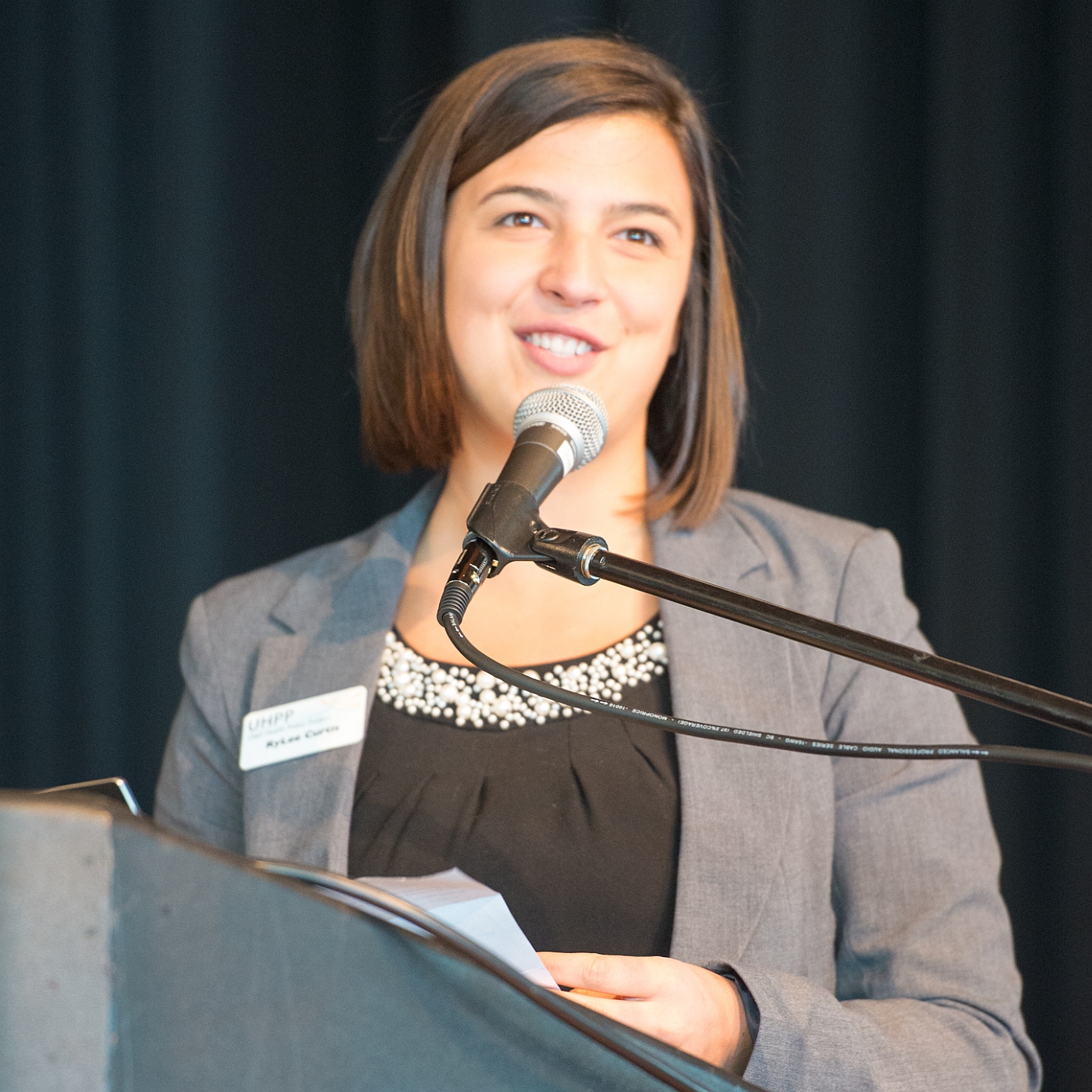Some information may be outdated.
During this year’s legislative session, Utah lawmakers took a small but meaningful step to close the state’s coverage gap.
Thanks to House Bill 437, traditional Medicaid coverage will be offered for the first time to an estimated 12,500 Utah adults without children. Another 3,800 parents also will gain Medicaid coverage.
This represents about 25 percent of the 63,000 uninsured Utahns living in the coverage gap who earn too little to qualify for financial assistance on healthcare.gov, yet earn too much or otherwise don’t qualify for Medicaid. This includes 1,708 Utahns who live in Grand County.
Under the new program, priority will be given to low-income Utahns who are chronically homeless, have been involved with the criminal justice system and have a mental health or substance use disorder. However, most of the recipients will live in Salt Lake City. Plus, budget caps and restrictive guidelines mean that not everyone who needs assistance will be helped, and most working families will be left out. But this year’s legislation is a start to a program that could grow to be more inclusive and effective.
2016 will be recorded as the year that Utah moved from being a non-Medicaid expansion state to a partial Medicaid expansion state. After four legislative sessions debating the issue, the progress this year indicates that Utah lawmakers are recognizing the moral and economic incentive to extend Medicaid coverage to low-income Utahns.
We know the coverage extensions in HB437 will stabilize and save lives because many Utahns suffering from behavioral health or substance use disorders are frequent visitors to hospital emergency rooms, and in some instances, rotate in and out of the criminal justice system. By covering more of this population, Utah will pay for 30 percent of the costs with help from Utah hospitals, and the federal government will pay for 70 percent of the costs — returning more Utah taxpayer dollars to support Utah’s economy.
After years of working with this low-income population, we are excited to help more Utahns gain the personal and financial security of health insurance. Nearly half of the clients who seek help from Take Care Utah (TCU) statewide network of assistors to enroll in Medicaid, CHIP and healthcare.gov end up falling into the Medicaid coverage gap. As more people qualify for Medicaid, TCU is ready to leverage its experience working with hard-to-reach populations to successfully enroll these fortunate 16,300 Utahns in new coverage.
But even with the passage of HB437, there are still 43,000 low-income Utahns living without access to affordable, comprehensive health care coverage. We know these Utahns well. We know Kylie, a part-time worker who recently incurred a $67,000 hospital bill. We know Grant, a Realtor for 25 years whose medical conditions keep him from working. We know Marc, who can’t yet qualify for Medicare because his end-stage renal disease isn’t debilitating enough.
They and thousands of Utahns like them in Grand County and across the state will continue to call our offices asking for assistance only to find out there is none available. And there won’t be any help until we move from partial expansion to full expansion.
We appreciate the work of Utah lawmakers to extend health insurance to more low-income Utahns. We look forward to continuing the conversation and progress in the years to come. The Utah Health Policy Project has positioned itself as a policy watchdog during the development of this legislation, and we will continue that role as this new coverage is implemented and evaluated.
But we must not wait too long to take the next step forward. It is imperative that Utah joins the 31 states that eliminated coverage gaps for not just some, but for all of their low-income families and individuals.
Matt Slonaker is executive director of Utah Health Policy Project, and RyLee Curtis is a senior policy analyst at the project, a nonpartisan, nonprofit organization that advances sustainable health care solutions for underserved Utahns through better access, education and public policy.
Appreciate the coverage? Help keep local news alive.
Chip in to support the Moab Sun News.



